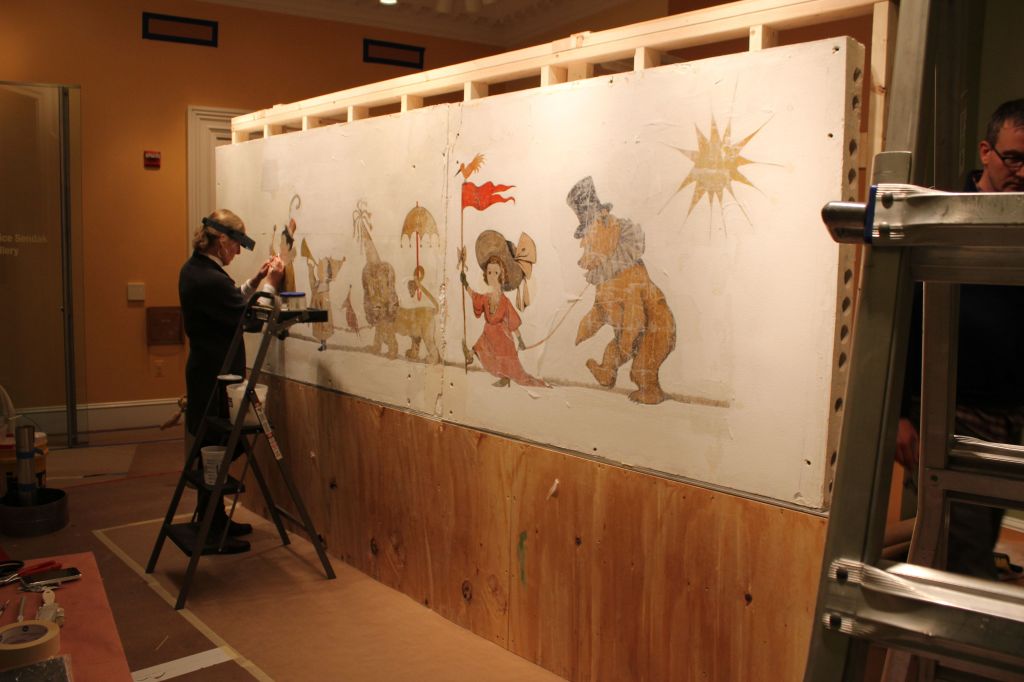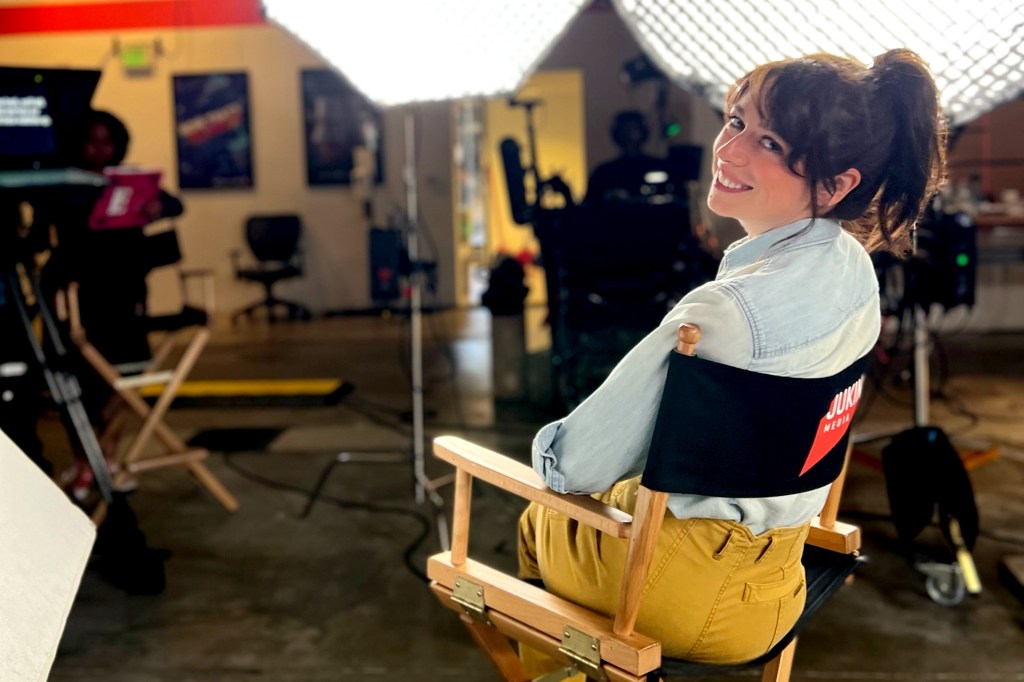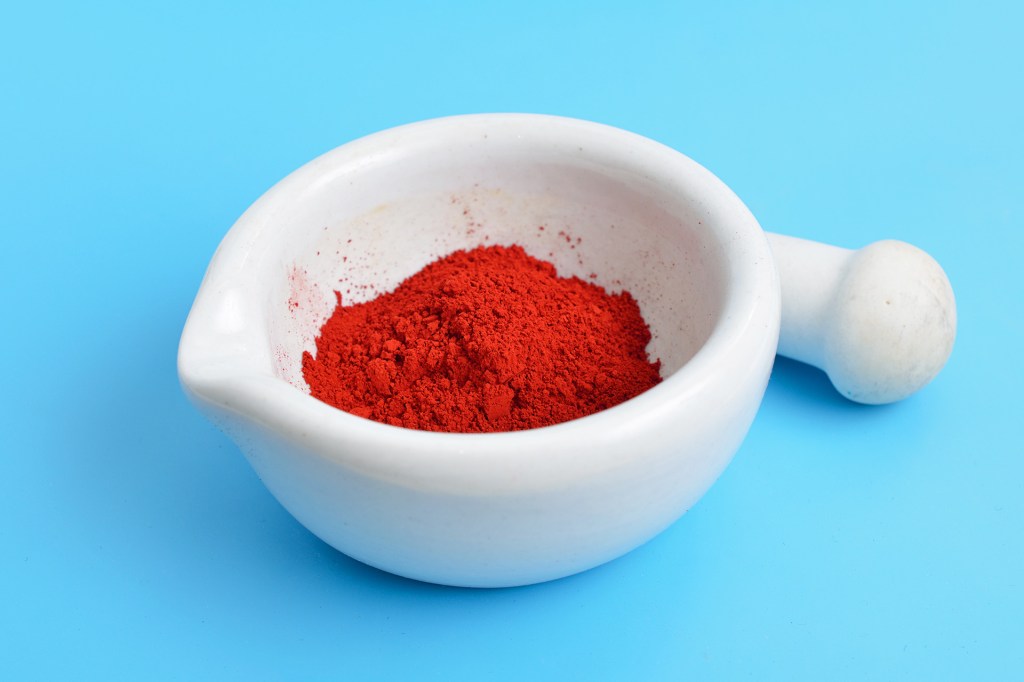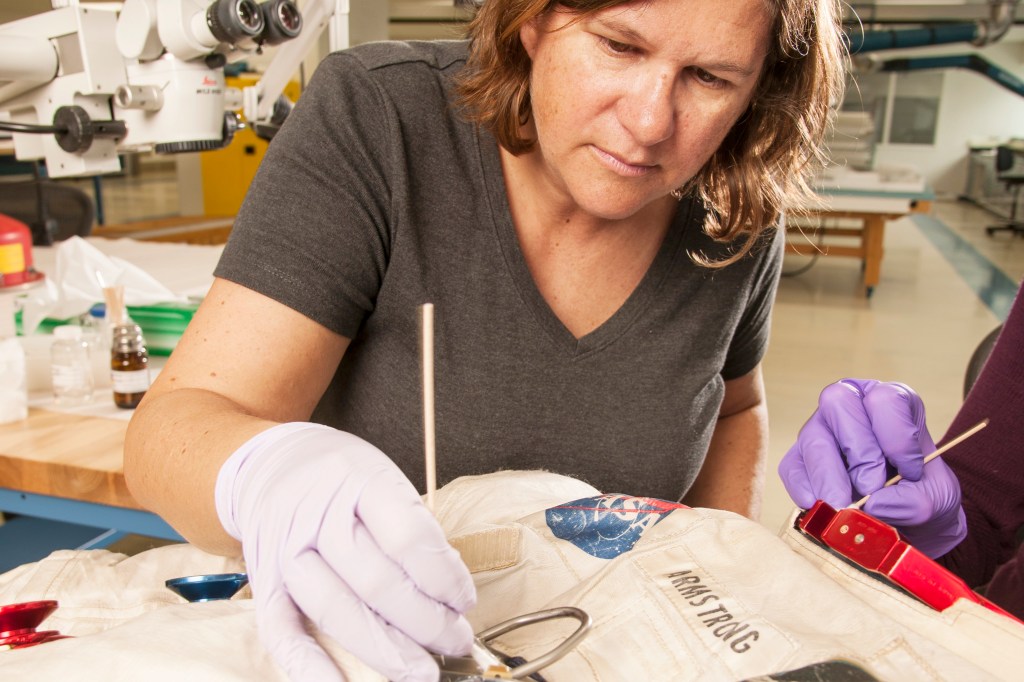
On July 20, 1969, Neil Armstrong became the first person to walk on the moon. The space suit Armstrong wore on his lunar mission has come to symbolize courage and human achievement. In 1971, the Smithsonian’s National Air and Space Museum (NASM), in Washington, D.C., acquired Armstrong’s suit. It stood proudly on display for visitors to admire, until there were changes in the suit’s appearance. “Over time, the suit started to show signs of deterioration,” Lisa Young told TIME for Kids. Young is an objects conservator at NASM. It is her job to preserve
preserve
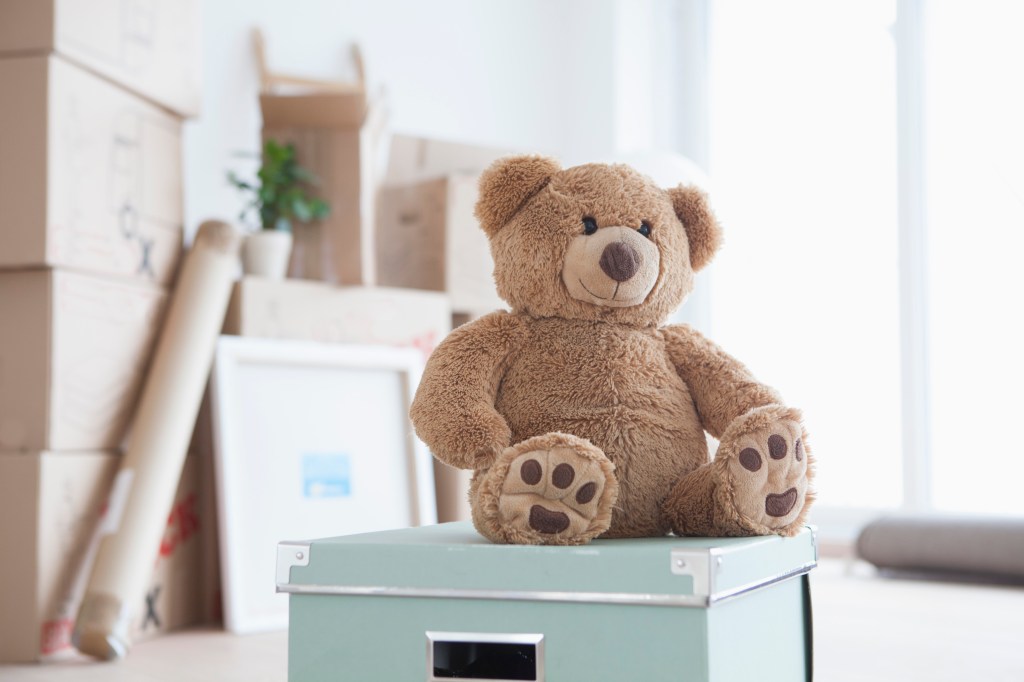 WESTEND61/GETTY IMAGES
to save; to keep something in its original condition
(verb)
Myeisha bought a special box to preserve her favorite stuffed animals.
historical and cultural artifacts.
WESTEND61/GETTY IMAGES
to save; to keep something in its original condition
(verb)
Myeisha bought a special box to preserve her favorite stuffed animals.
historical and cultural artifacts.
“Plastics are tricky to conserve,” Young says. They tend to degrade
degrade
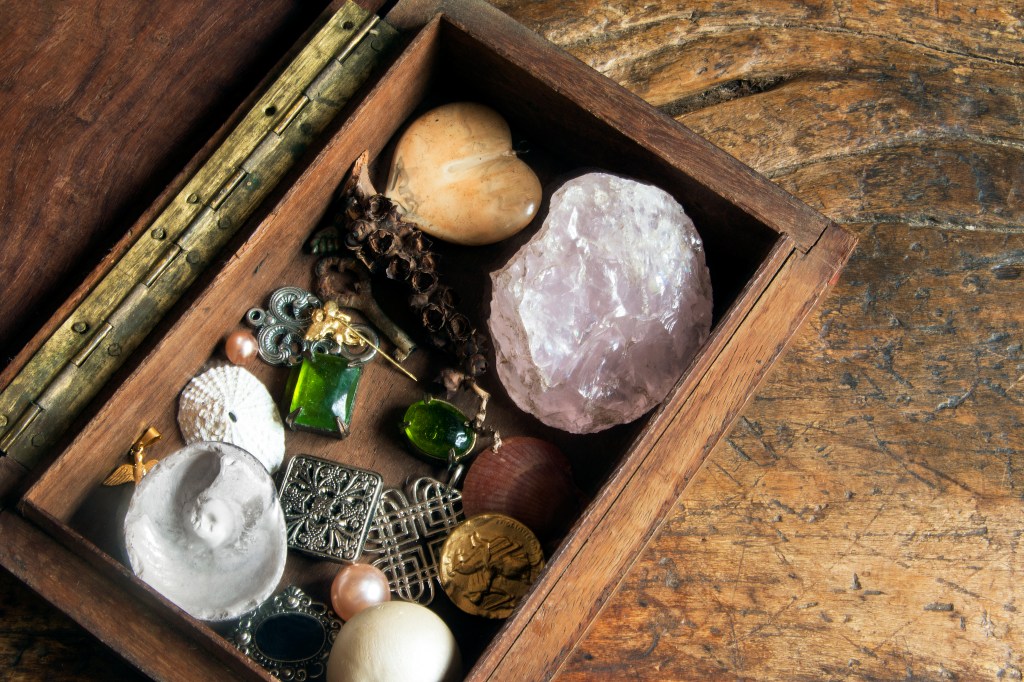 IMAGES SAY MORE THAN WORDS/GETTY IMAGES
to decompose
(verb)
It is best to choose items for the time capsule that will not degrade over time.
over time. Neoprene is one type of plastic in Armstrong’s suit. The material can turn brittle and break into tiny pieces. This would ruin the space suit. NASM, seeking ways to preserve this historical treasure, removed it from display in 2006.
IMAGES SAY MORE THAN WORDS/GETTY IMAGES
to decompose
(verb)
It is best to choose items for the time capsule that will not degrade over time.
over time. Neoprene is one type of plastic in Armstrong’s suit. The material can turn brittle and break into tiny pieces. This would ruin the space suit. NASM, seeking ways to preserve this historical treasure, removed it from display in 2006.
What causes plastic to degrade in the first place? “Many things,” Odile Madden says. Madden is a scientist at the Getty Conservation Institute, in Los Angeles, California. She explains that sunlight, water, humidity, and dust can cause plastics to degrade. “Some plastics will break down no matter what we do,” Madden says.
Yet history can still be saved. Scientists have found that storing plastics in cooler temperatures, with lower humidity levels, can slow degradation. Young says Armstrong’s suit is currently in storage at a temperature of 63°F and a lower relative humidity of 30%. These conditions will be maintained when Armstrong’s suit returns to a museum display case in time for next year’s 50th anniversary of the moon landing.
Keeping Art Alive
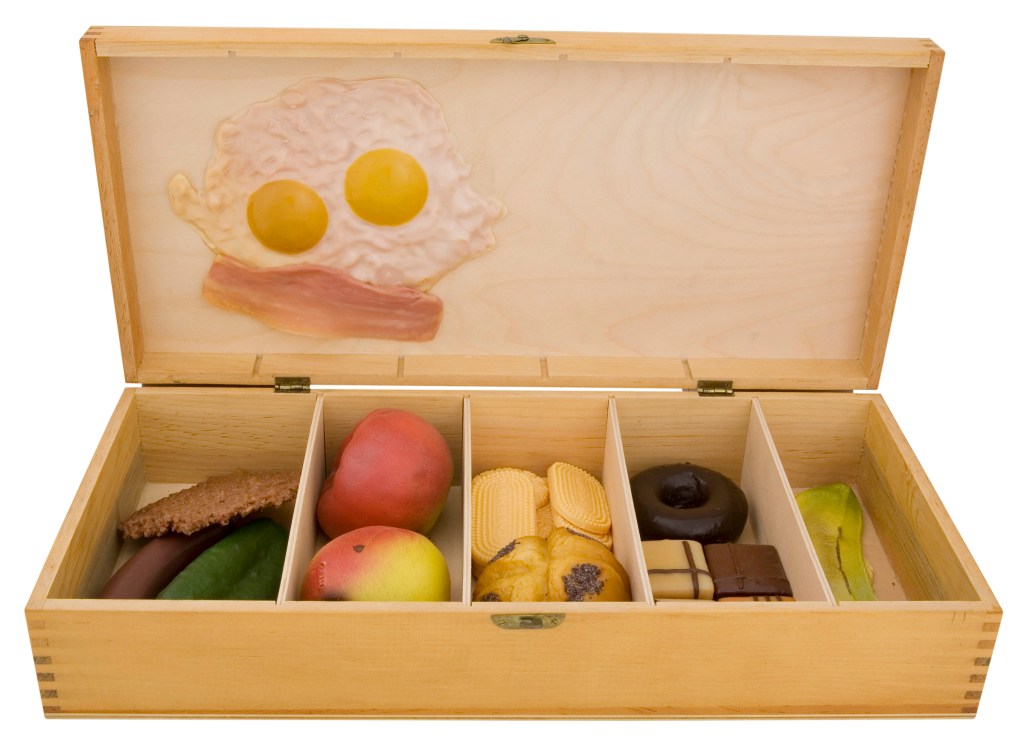
FADING FOOD The plastic banana in Claes Oldenburg’s False Food Selection has significantly flattened.
COURTESY HARVARD ART MUSEUMSPlastic degradation affects art, too. Artist Claes Oldenburg created False Food Selection (pictured) in 1966. It consists of plastic food displayed in a wooden box. The plastic food used to look real. Now, some of it has flattened and yellowed. Georgina Rayner is a conservation scientist at Harvard Art Museums, in Cambridge, Massachusetts. She says the artwork’s wooden box produces an acidic gas that eats away at the plastic. This speeds up the degradation process. But Rayner is motivated to conserve this artwork and others like it. “Plastics are a part of our history,” she says. “It’s important to preserve them so that future generations can understand the journey we’ve taken.”





